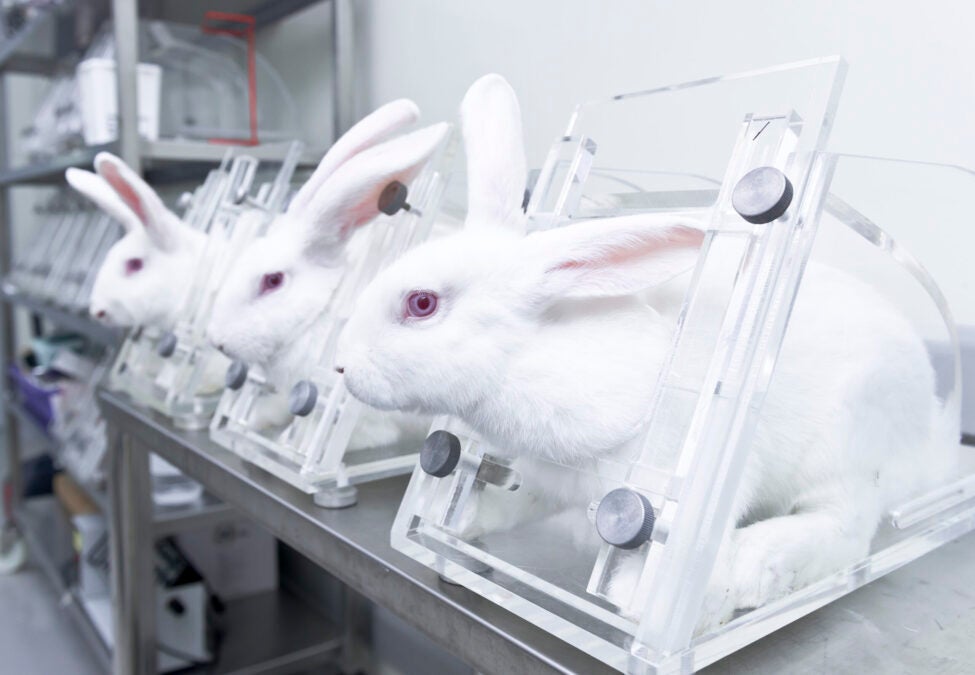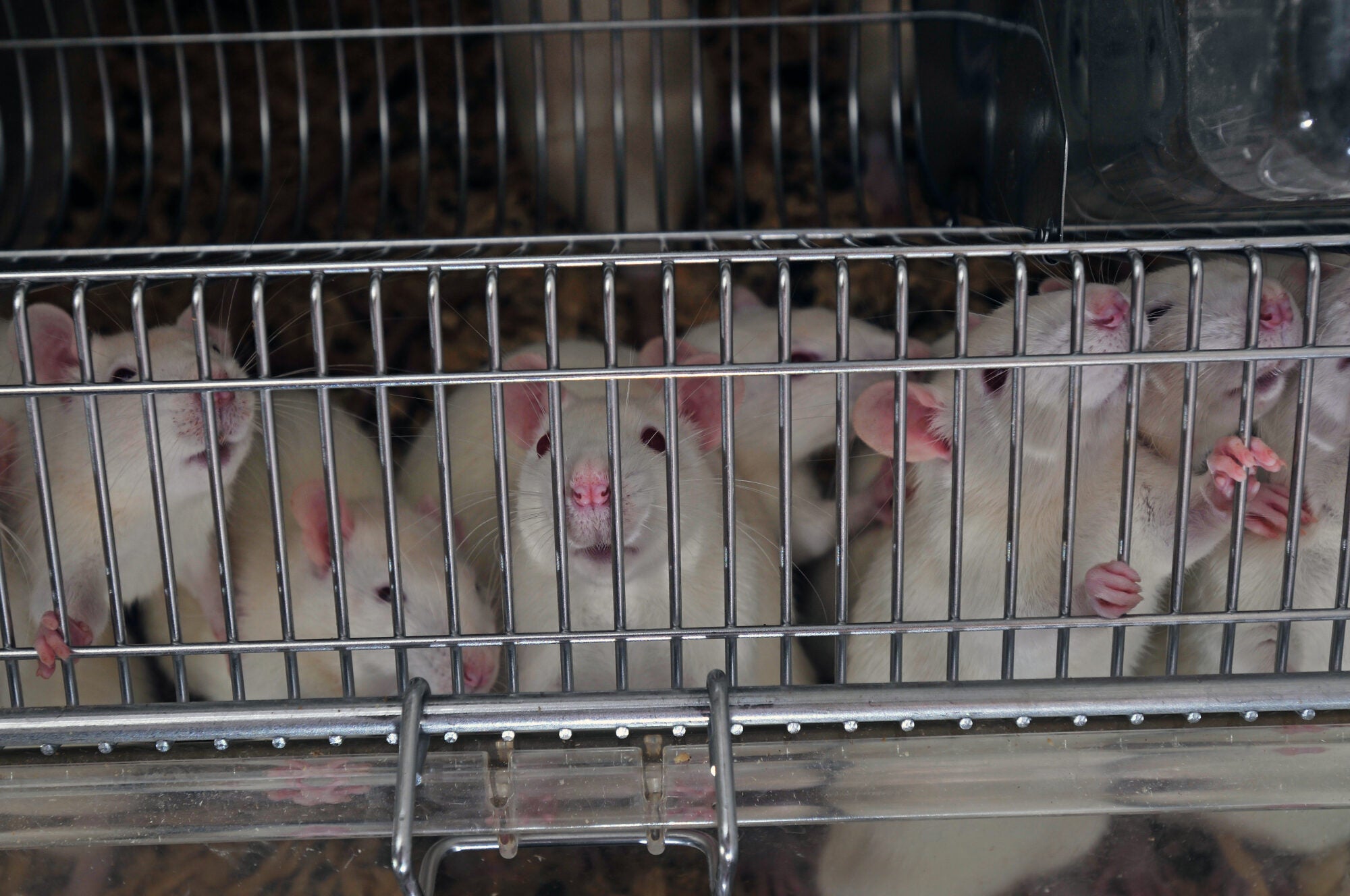
OTTAWA—Humane Society International/Canada is celebrating the passage of amendments to the Canadian Environmental Protection Act, aimed at phasing out the use of animals for chemical toxicity testing in Canada. The measures were included in Bill S-5, to amend the Canadian Environmental Protection Act, which passed third and final reading in the Senate today and will now receive Royal Assent.
Shaarika Sarasija, senior strategist, research and regulatory science for HSI/Canada, stated: “We are happy to see the passage of Bill S-5 with provisions to phase out chemical testing using animals. A concerted move away from animal-based toxicity tests could spare tens of thousands of animals each year and advance public health and environmental protection with more advanced and relevant tests for the benefit of all Canadians.”
Conventional toxicity testing involves poisoning rats, mice, rabbits, fish, birds and other animals with chemicals via force-feeding, inhalation or skin absorption for days, months or even years without pain relief, to see the extent to which it disrupts normal bodily functions. According to the Canadian Council on Animal Care, half of the more than 150,000 animals used for regulatory testing in Canada in 2021 experienced anywhere from “moderate to severe distress” to “severe pain near, at or beyond the pain tolerance threshold.” Many of these tests were developed decades ago and represent outdated science that provides incomplete or inconclusive data at best, while inflicting needless animal suffering.
Today’s toolbox of non-animal methods includes an array of sophisticated molecular biology tests that are more time and cost efficient and human relevant. The amendments in Bill S-5 promote their use, paving the way to reducing and ultimately eliminating animal suffering in chemical toxicity testing through technological progress. The new measures include:
- Requiring new approach testing methods that do not use animals where scientifically justified and “practicable.”
- Encouraging the timely development and implementation of alternative methods to animal testing.
- Requiring the government to publish a plan, within two years, detailing steps to achieve these goals.
HSI/Canada is committed to working alongside the Government of Canada and other stakeholders to ensure that all use of animals in toxicity testing—including for pesticides, food and other regulated products—is ultimately relegated to the history books. Furthermore, HSI/Canada will work with these stakeholders to ensure that faster, more effective and relevant new approach methods that do not involve animals are developed and implemented within the Liberal government’s stated timeline of ending all toxicity animal testing by 2035.
ENDS
Media contact: Michael Bernard, deputy director for HSI/Canada: 438-873-5769; mbernard@hsi.org



